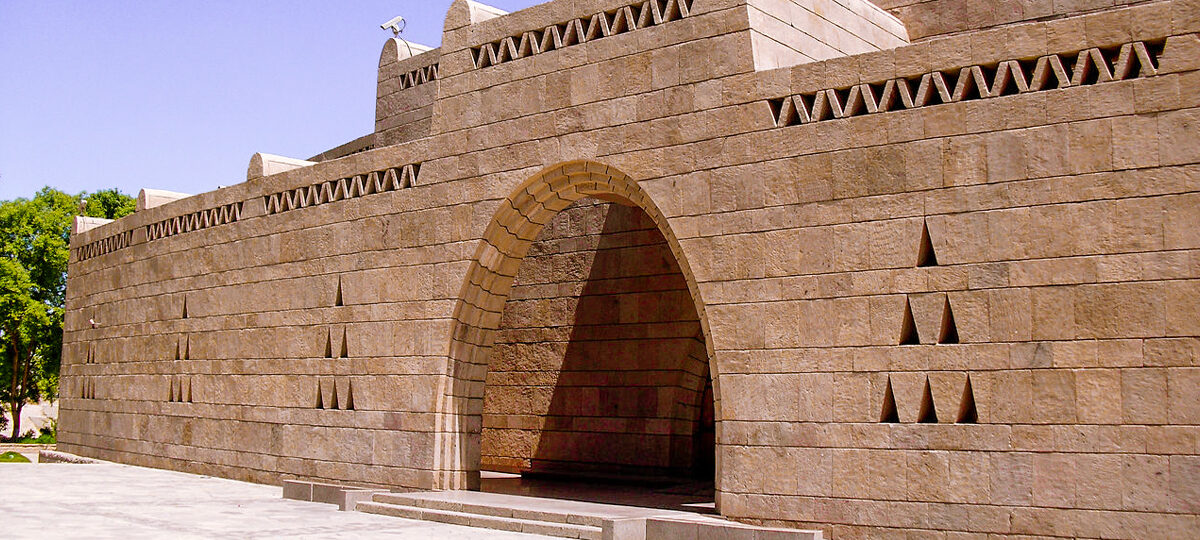Nubian Museum
You will be able to enjoy the beautiful architecture of the many iconic monuments that all tourists know and visit. You will also know that the best places to visit and the best things you can do have a lot to do with the history and culture of Egypt’s most original people.
Today I’m going to tell you about the Nubia Museum, which is in Nubia and is one of the most important museums in the country. The artifacts on display at the Nubian Museum in Aswan tell the story of the area’s history over the last thousand years. The museum gives a complete overview of the civilization that grew up around the First Waterfall on the Nile.
Egypt in the Pharaonic, Greco-Roman, Byzantine, and Coptic periods, as well as in Nubia and in modern times, are all shown at the museum. In 1959, the Aswan Dam was built. This collection is made up of works and buildings that were found in the water after the dam was built. In the museum’s entry garden, there is an obelisk from Abu Simbel that is always there. Its modern interior is 50,000 m long and has space for 3,000 things.
The Nubia Museum’s history:

After the Aswan Dam was built and the Nile started flooding more often, the Egyptian government called UNESCO in 1959 to ask them to help save the great ancient artifacts of Nubia. Ancient buildings were taken apart and moved to safer places. These buildings were built between the Stone Age and the Roman Empire. During the digs, a lot of fossils were found that tell us about the history of life in Nubia and how it changed over time.
In 1975, the Egyptian General Authority of Antiquities asked UNESCO for help protecting the artifacts and monuments that had been found and saved by setting up a museum to show the most important and unique items. Since 1981, many symposia and seminars have been held to move this huge project forward. In 1986, the first stone was put down at the Nubian Museum.
The date that the Nubian Museum will open will be made public.
Near the end of the 1990s, Egyptian President Hosni Mubarak, his wife Suzanne, and Federico Mayor Zaragoza, the head of UNESCO, opened the Nubia Museum in Aswan, which is about 1,100 kilometers south of Cairo.
After 10 years of hard work, the Nubian Museum is now one of Egypt’s most important cultural centers. Local experts and UNESCO worked together to build the museum so that ancient Egyptian monuments that had been saved from the Nile and others that had been found during construction could be kept in good condition.
Whose idea was it to make a museum about the Nubians?

The Mexican architect, Pedro Ramrez Vázquez, planned the exhibitions. The German firm Werkmeister & Heimer Landscape Architects and Leila Masri of Sites International worked on the landscaping, and the Egyptian architect Mahmoud El-Hakim designed the museum. In In In In Aswan, on the banks of the Nile, there is a 50,000-square-foot museum called the Nubia Museum. For Museum to be built, it cost $7,000. The Museum was one of the winners of the Aga Khan Award for Architecture in 2001. It was made of sandstone and pink granite to look like a typical Nubian village.
The Nubian Museum has these things on display:

The museum’s stores and workshops are below ground. The main exhibition hall is above ground, and the library, canteen, secretarial offices, photocopiers, and microfilm rooms are on the third floor. The people who work at this museum treat people who come to see it with the greatest warmth and kindness. Because of how they act and how much they care about history, we feel like we’ve gone back in time a few hundred years to a time when people were more innocent and carefree. By the time a person leaves the museum in the evening, they feel much happier and more at ease, as if they have been taken to a different time where happiness and ease are the most important things.
This Nubian museum is beautiful because of how calm and organized it is. In every exhibit in the museum, you can learn a lot about the history of Nubia. The museum’s focus on the history of the Nubians is a unique and welcome addition to the institution. We also talk about the history of Nubia, from the past to the present. During a trip, a person learns a lot about the history of Nubia and Egypt on a personal level. It’s a beautiful place that never stops surprising people.
Where the Nubian Museum is:

Modern-day Upstream of the fourth Nile cascade, in what used to be called Egypt, is a place called Nubia. According to hieroglyphic records, its name comes from but, which is the ancient Egyptian word for gold. This makes sense since Egypt got most of its gold from there. Several pharaohs in Nubia built small temples and castles along the banks of the Nile. The Temple of Abu Simbel and the Temple of Kalabsha are two temples that stand out.

